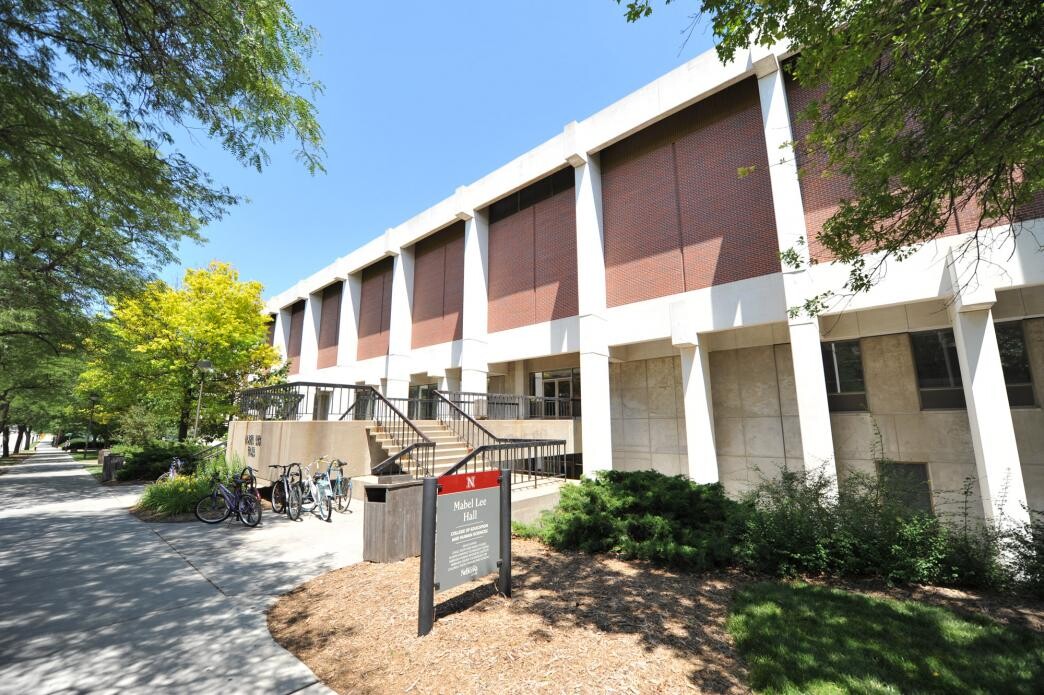
The University of Nebraska and the state would continue a long and successful partnership to maintain the quality and functionality of NU buildings under a 12-year capital plan announced Dec. 3 by President Hank Bounds.
The proposal, endorsed unanimously by the Board of Regents at its Dec. 3 meeting, will be brought to the legislature and governor for consideration in the 2016 session. It extends an NU-state partnership that began almost two decades ago to address deferred maintenance needs across the four campuses. The mutual investments made by the university and state in that time have allowed the university to continue to provide students and faculty with quality classrooms, labs and offices, ensure an outstanding educational experience, and remain competitive for top talent.
Bounds said that university facilities, valued at $4 billion, represent more than 70 percent of the state’s total building assets. That means the state has a stake in continuing to partner with the university in making investments that advance shared goals for academic excellence and competitiveness.
Today’s historically low interest rates, combined with a need to protect shared state assets, present an opportunity to build on current momentum, Bounds said.
“We are operating in the most competitive higher education marketplace of our lifetimes,” he said. “The University of Nebraska has ambitious goals for attracting the best students and faculty who can contribute to Nebraska’s workforce and economic needs. If we are to be successful, it’s vital that we provide safe, updated and functional facilities that are suited to 21st-century learning and research. We look forward to working with the Legislature and Governor to continue a strategic, proactive and proven approach to maintaining high-quality university facilities.”
The NU-state partnership to address deferred maintenance needs began in 1998 with the passage of LB1100, which called for annual investments of $5.5 million each that yielded $79 million worth of renovation projects. The partnership continued with LB605, passed in 2006, which increased the annual investments by the university and state to $11 million each. That legislation has resulted in $163 million worth of projects.
Under the 2016 proposal, the university and state would each increase their annual investments by $11 million to finance a $400 million bond. The bond funds would be available for renovation and renewal projects on the four campuses.
While short of the $1.1 billion needed to bring all university buildings to “like new” condition, investments at that level would allow the university to remain competitive, according to Bounds.
“We recognize the state cannot fund every need,” Bounds said. “We’re taking a strategic and conservative approach to capital planning that aligns with our priorities, brings long-term results and leverages other resources where possible.”
For instance, the university will continue to seek private philanthropy to meet capital needs; Bounds noted that more than half of all NU capital projects since 1999 have been funded with private dollars and that the state receives a tremendous bargain in paying only operating and maintenance costs on privately funded buildings.
The university would meet its share of the investments through four years of dedicated 1 percent tuition increases, a strategy it used in both previous deferred maintenance initiatives. Bounds said the increases, which would begin in 2016-17 and amount to approximately $2 more per credit hour each year for a Nebraska undergraduate, represent an investment in current and future students. Tuition costs across the campuses currently are about 25 percent below the peer averages.
“One of the highest priorities of the Board of Regents is to provide students with an excellent education that prepares them to be successful. Our plan to invest in facilities that are vital to student learning advances that goal,” said Regents Chairman Bob Phares. “The capital plan represents continued good stewardship of valuable state assets. We are grateful to state policymakers for their history of partnering with the university to maintain our facilities and hope to continue that partnership going forward.”
To determine priority renovation projects, the university worked with an external consultant to conduct a comprehensive, data-driven analysis of the condition, capacity and use of its state-supported buildings. Housing, athletic, parking, union and other self-supporting facilities were not included. The data demonstrate that while many NU facilities are in good condition, a number of them are in need of significant renewal, including those that are heavily used for student learning and research.
The resulting projects would not only enhance facilities that are critical to student and faculty success, but advance key priorities of the Board of Regents, including undergraduate education and STEM (science, technology, engineering and mathematics) programs – areas important to Nebraska’s competitiveness.
UNL projects include renovations to Nebraska Hall/Scott Engineering Complex; the College of Business Administration; Mabel Lee Hall/Henzlik Hall; the Food Industry Complex; and Hamilton Hall.
“Effective buildings do not guarantee good programs but it is very difficult to build good programs without them,” Chancellor Harvey Perlman said. “The two prior capital initiatives have had a transformative effect on UNL for both students and faculty. With the age of our physical plant, modernization initiatives are essential to provide contemporary educational opportunities for students and competitive research opportunities for our faculty.”







